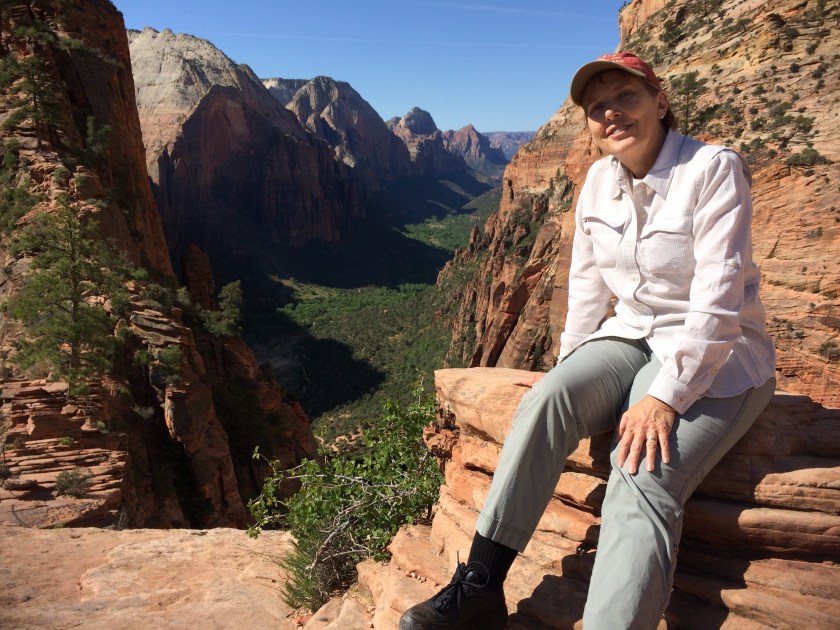Thursday is waffle day at our house. It began when I gave my husband a waffle maker last Christmas. Over the years I’ve noticed Herb always orders waffles whenever we eat breakfast out. In fact, he always chooses to make his own waffle at any hotel with self-serve breakfast buffets. I thought I was so clever to give him something he would really appreciate.
Of course, I knew I would still need to be involved in the waffle making process. Christmas morning I announced I would mix up the batter every week, but the actual baking of the waffle would be his job. After all, he had more experience.
Our first few attempts at waffle making were very successful. Then all of sudden something went wrong. The waffle stuck to the waffle maker. Finally, Herb managed to scrape the waffle from the grid piece by piece.

To this day I’m not sure what went wrong. Since I cut the recipe in half, I may not have added the right amount of oil to the batter. My math skills might have let me down. What is on half of one third cup? We started over again, and our second attempt came out great.
The waffle disaster peaked my interest in Fannie Farmer. Did you know Fannie is called “the mother of level instruments?” As the author of The Boston Cooking-School Cookbook (1896), she made a more scientific approach to cooking popular. In her day cookbooks included recipes which called for “a handful of flour” or “a pinch of salt.” Fannie believed scientific cookery would elevate the human race.* Her cookbook encouraged all cooks to purchase standardized utensils to measure ingredients accurately.
Fannie’s Bio
Unlike many people who lived in the 1850’s, Fannie’s parents wanted her to attend college. At age sixteen a stroke left her paralyzed and she was forced to stay home. By age thirty she recovered and enrolled in the Boston Cooking School. The school emphasized laboratory precision in the kitchen, especially regarding measurements. Fannie excelled and eventually became principal of the school.
After Fannie Farmer wrote and published her cookbook, she became a culinary celebrity. Later she founded a cooking school that bore her name, lectured widely, and wrote food columns for women’s magazines. One of her main interests was the preparation of food for invalids, born out of her own experience of being bedridden for years.
By the time Fannie died in 1915, over 350,000 copies of her book had been sold. Continually revised, Fannie Farmer’s Cookbook can still be purchased. What a legacy!
Have you experienced any culinary disasters? Leave a message and tell me about it.
(Additional Reference: *Discovering America’s Past (1993)The Reader’s Digest Association.)











